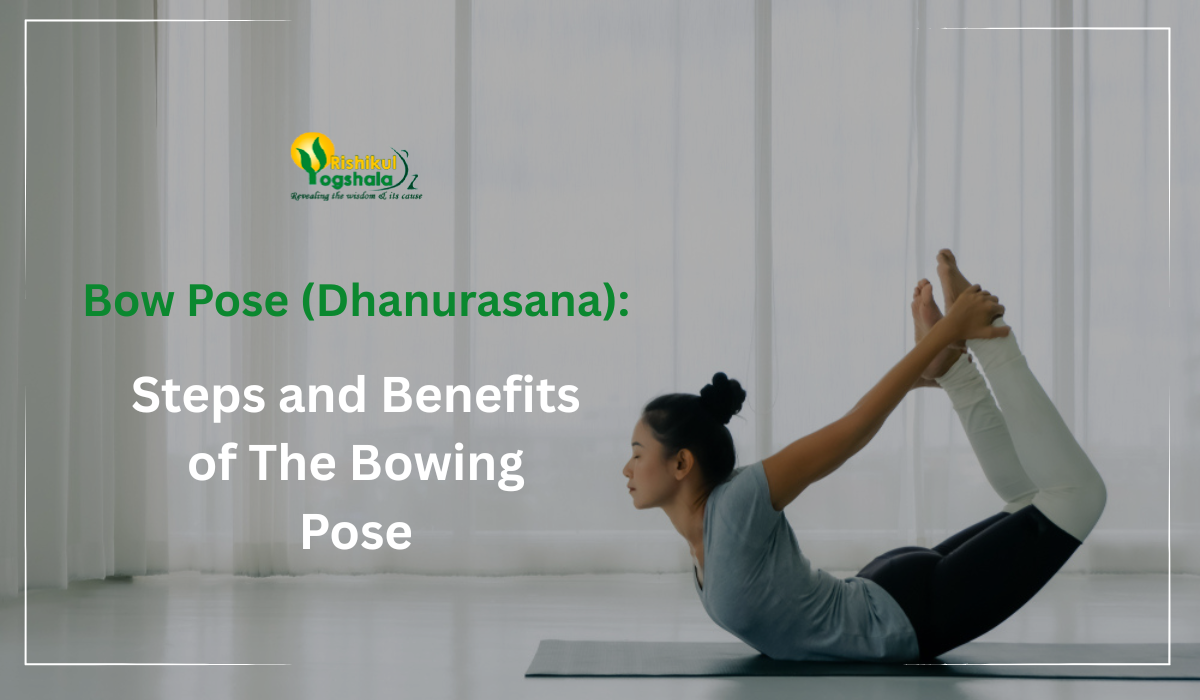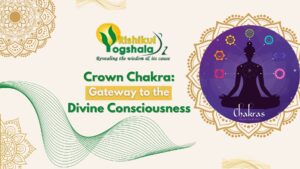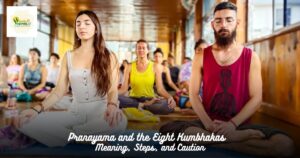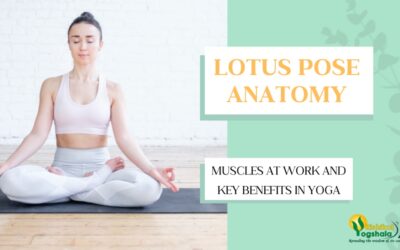What is Bow Pose?
Dhanurasana (Bow Pose) is a part of hatha yoga that requires bending your back, but beware of its effects on injured discs and spinal cords. If you are a healthy human, get ready to bend your body like a bow and take aim to stretch your abdomen, ankle, thighs, thorax, throat, inguinal region, and more.
Who needs this yoga asana desperately? The ones screwed to a computer screen in the corporate world. This chest- and heart-opening posture opens up your hamstrings and hip flexor muscles that have tightened and shortened from all the sitting. The 200-hour yoga teacher training program at Rishikul Yogashala Rishikesh, offers you the unique experience of learning the A to Z of hatha yoga in the bowels of Mother Earth, surrounded by expert yogis. Get in touch now!
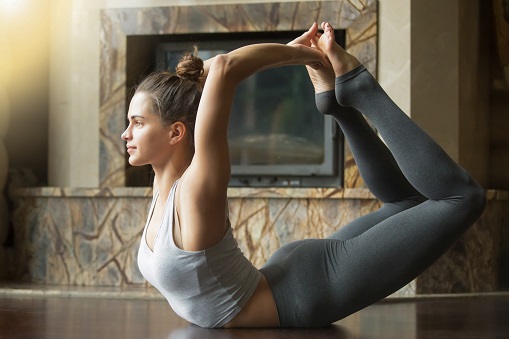
Pro tip: Your body may try to hold your breath while attempting this pose. Resist that urge and focus on deep breathing to regulate your blood pressure and lower your heart rate.
How To Do The Bowing Pose?
There are three variations to the bowing pose in hatha yoga:
- Parsva Dhanurasana, or the lateral side plank, is performed by doing the bowing pose on your lateral sides. This yoga asana massages the abdominal muscles.
- Urdhva Dhanurasana, or the wheel pose, is an upward-facing bow position. This stretches the abdominal core, hip flexors, thighs, wrists, and shoulders along with fully arching the spine.
- Akarna Dhanurasana, or the shooting bow pose, resembles an archer ready to shoot. It works immensely on your leg flexibility and helps in its seamless rotation.
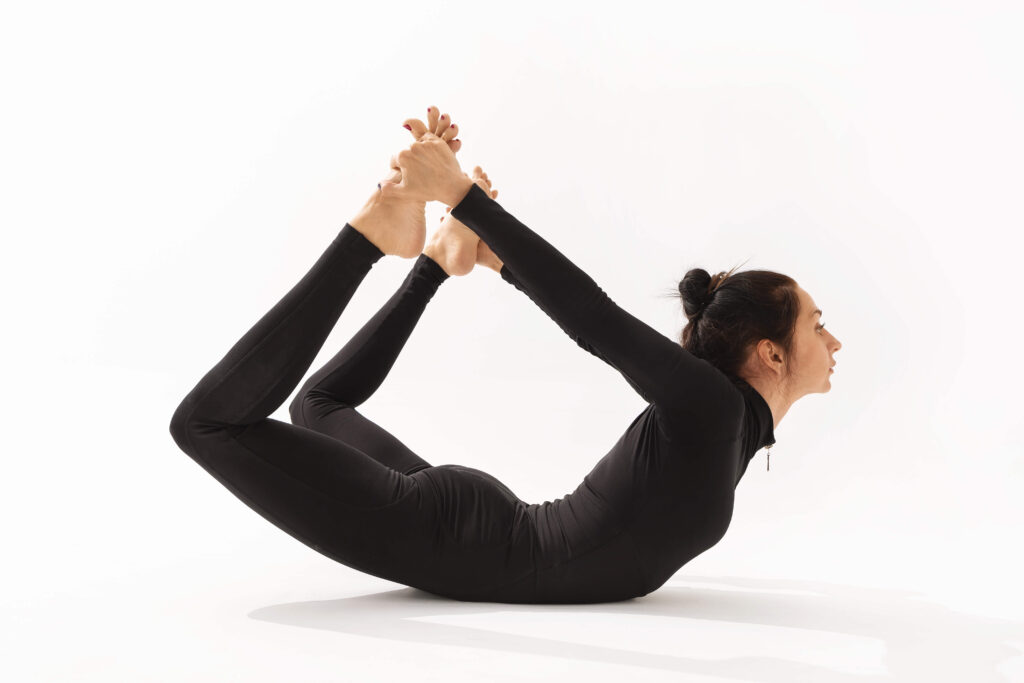
Prerequisites for Bow Pose
The bowing pose yields the maximum benefits when done in an ideal physical state at a specific time. Confusing? This is what we mean:
- You must not perform this asana within 4 to 5 hours of having a meal.
- Try this yoga in the morning before you have your meal. In case you missed the morning routine, do it in the evening.
Make sure your body is warm enough with the following preparatory poses:
- Locust posture (Shalabhasana)
- Cobra stretch (Bhujangasana)
15 Steps of a Complete Dhanurasana
- Lie down on the flat ground on your belly.
- Keep your legs hip distance apart.
- Place your palms beside your lower ribs on the floor.
- Extend your feet and press down the toes to activate your quadriceps.
- Lift your head and chest while supporting yourself with your palms on the ground.
- Roll your shoulders back.
- Bend your knees.
- Reach back with both your hands and clasp your ankles from the outside.
- Press your thighs into the floor.
- Point your upturned toes towards the ceiling to energize your legs.
- Begin to lift your inner thighs and relax your glutes.
- Lift your gaze slightly upwards so that the curve of your back is in continuation with your neck.
- Balance on your navel.
- Hold the pose for at least 15 seconds or 5 to 10 breaths.
- To ease out of this asana, lower your thighs, release your grip, and lower your legs.
You may attempt the following asanas to follow up the bowing pose so that your posture doesn’t cause discomfort in your muscles:
- Wheel pose (Chakrasana)
- Camel pose (Ustrasana)
Also Read – Ustrasana: the Camel’s Strength for Physical and Spiritual Mastery
Bow-Pose (Dhanurasana) Benefits
Yoga poses are skillful exercises that render mental and physical support. The bowing pose strengthens the entire body from the shoulders to the thighs with a focus on spinal health. Here are some of the highlighted benefits of the bowing pose:
1. Effects on The Spine
When you lift your legs and arms while lying in your stomach, you are helping your spine stretch along with the lumbar spine, thoracic, and cervical region. The pose can even help in adjusting the vertebral bones and encourage elasticity. People with a slipped disc or spinal injury must refrain from attempting this pose. Consult a doctor if you have a backache and want to do this asana.
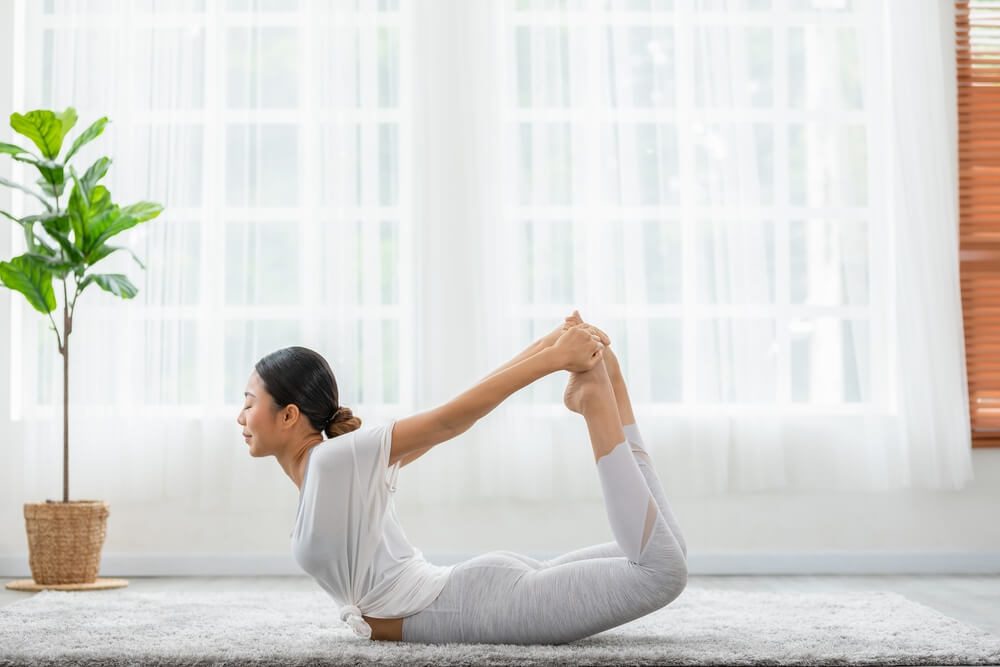
2. Effects on Diabetes
The bowing pose not only increases spinal flexibility and strength but also controls your blood sugar levels. 3 to 7 minutes of Dhanurasana every day can increase insulin sensitivity and secretion. This, in turn reduces waist fat and body mass index. We mentioned earlier that Dhanurasana stimulates the abdominal organs (like the pancreas and liver), which means that it helps in regulating the symptoms of diabetes along with conventional medications.
A quick rundown of the numerous benefits of Dhanurasana:
- Stimulates and energizes the adrenal glands that help you fight fatigue
- Increases the flow of blood into your digestive system
- Counteracts the effects of sitting for a long time (such as kyphosis anslouching), thereby improving posture
- Relieves back pain
- Stretches your quadriceps, hip flexors, shoulders, chest, and abdomen
- Strengthens your glutes, the back of your thighs, and the back muscles
- Relieves constipation, menstrual cramps, and anxiety
- Stimulates abdominal organs
The Bottom Line: Is Bow Pose Yoga Good for Beginners?
Beginners may find it difficult to perform certain lifts required in a perfect bowing pose. Here are some tips they could follow:
- If you are attempting the bowing pose for the first time, you may not be able to lift your thighs above the floor. Keep some rolled-up or folded blankets under your thighs to help you.
- Your knees should be a hip distance apart. Try to prevent them from flying.
- You may hold your breath unconsciously while doing this pose. which restricts airflow. Try to breathe steadily and slowly.
- If you experience any pain, pinching, or compression in your lower back, slowly come out of the pose.
In conclusion, the Bow Pose (Dhanurasana) is a powerful yoga asana that offers numerous benefits for the body and mind, including improved flexibility, strengthened back muscles, and enhanced posture. Incorporating this pose into your practice can lead to significant improvements in overall well-being. For those interested in deepening their yoga journey, consider enrolling in a yoga teacher training program. Rishikul Yogshala Rishikesh offers comprehensive courses like the 200 Hour Yoga TTC in Rishikesh and the 300 Hour Yoga Teacher Training in Rishikesh. These programs are designed to help you master your practice and share the transformative power of yoga with others.
Bow Pose (Dhanurasana) FAQs
1. How long should I hold the bow pose?
Hold the bow pose for 15 seconds with your shoulders and chest open. Look straight ahead and focus on your balancing, breathing, and stretching. While releasing the pose, focus on the exhale.
2. Is bow pose good for your back?
Yes, the pose is focused on expanding your chest and stretching your upper back. Dhanurasana also stretches and strengthens your shoulders.
3. Does the bow pose increase breast size?
Yes, Dhanurasana can increase the size of your breasts along with relieving constipation and menstrual aches.
4. Is bow pose well for weight loss?
Yes, regular Dhanurasana can remove excess fat from your legs and arms. You get a toned body along with strength and flexibility in your thighs, back, and arms.
5. Does bow pose reduce belly fat?
Dhanurasana is the best yoga posture for countering belly fat. It stretches your chest, arms, thighs, and back and gives you a perfect posture as well.
6. What is the standing bow pose yoga?
Dandayamana Dhanurasana, otherwise called the standing bow pose, is the pose of a ballet dancer. Here, the yogi stands on one leg and lifts the other leg in the air while bending their body forward. The uplifted ankle is held by one hand while the other hand is stretched vertically. They keep looking straight and hold the pose for at least 15 seconds.
Last Modified Date: 19th September 2025

